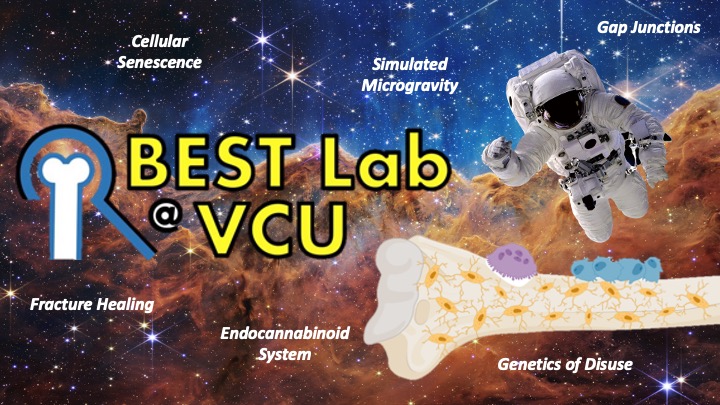Countermeasures for Microgravity Induced Musculoskeletal Dysfunction

Unloading of limbs due to prolonged exposure to microgravity in space decreases bone and skeletal muscle volume and strength, increasing the risk of injury. Countermeasures to prevent these decreases need to be developed for long-duration spaceflight, as will occur on NASA sponsored Artemis and Mars missions. The underlying mechanisms that lead to bone and skeletal muscle loss from unloading must be better understood to develop effective countermeasures.
One approach to identifying the cellular and molecular mechanisms underlying unloading-induced bone and skeletal muscle loss is examining what role genetic diversity plays. Studies from our lab and others reported differential response of bone and skeletal muscle to unloading in different strains of mice. These studies used inbred strains or strains cross-bred for only two generations, limiting the amount of genetic diversity in the mice. Thus, the role genetic variation plays in the response of bone and skeletal muscle to disuse remains largely unknown.
The main goals of this team are to examine the effect of simulated microgravity on bone metabolism and fracture healing, identify novel countermeasures to mitigate microgravity induced bone loss, and examine whether microgravity induced bone loss is similar to age-related bone loss.
Projects include:
- Examine the effect of simulated microgravity of bone fracture healing.
- Examine the effect of simulated microgravity on bone cell senescence.
- Examine the role of gap junctions in bone metabolism.
- Examine the role of genetics in bone metabolism.
Interested? Contact Prof. Henry J. Donahue